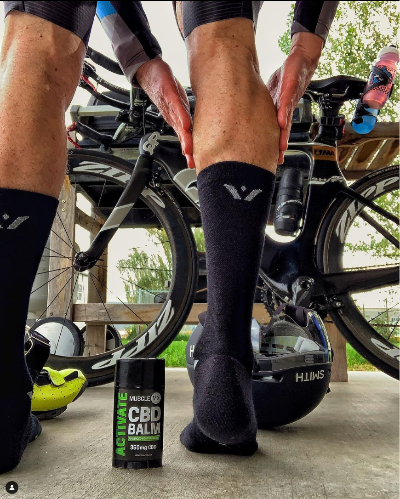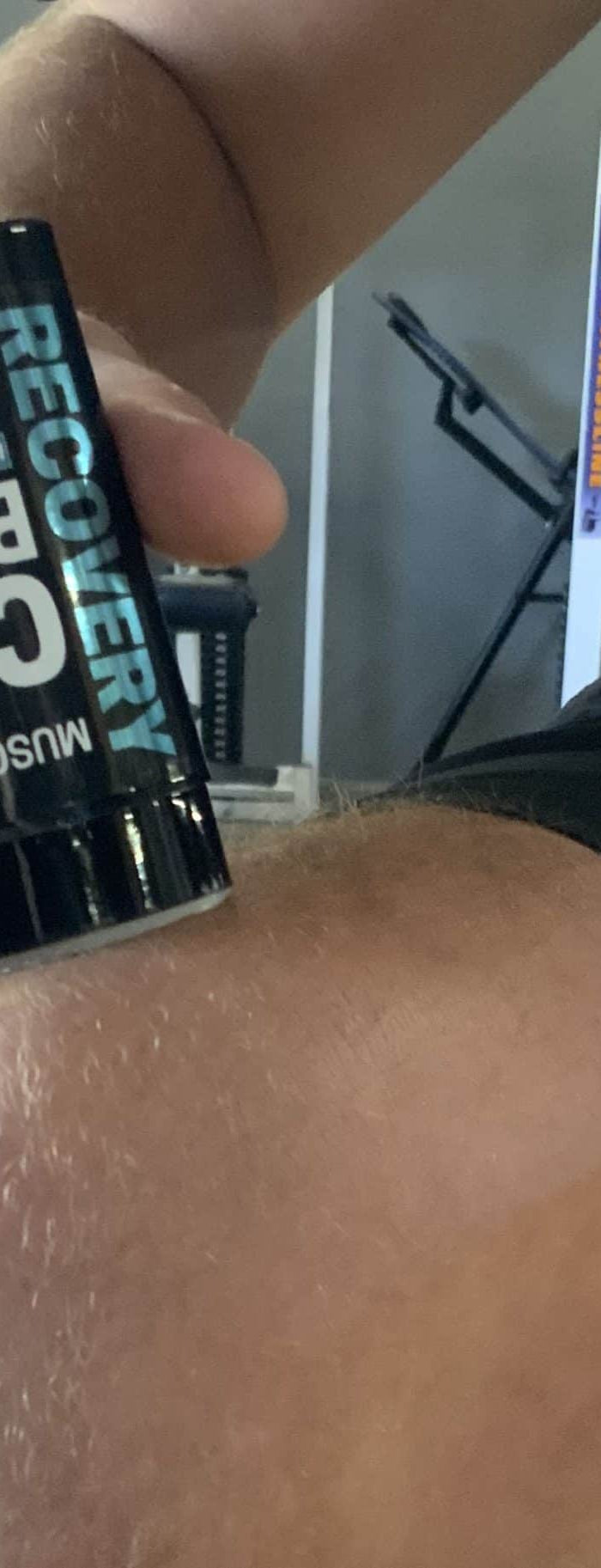How to Stretch Away Sciatica Pain: A Physical Therapist's Step-by-Step Guide
Key Takeaways
These evidence-based stretches and safety guidelines can help you effectively manage sciatica pain and prevent future episodes.
-
Consistency beats intensity: Stretch 1-2 times daily for 20-30 seconds per position rather than doing intense sessions sporadically.
-
Target key muscle groups: Focus on glutes, hamstrings, and piriformis muscles with stretches like figure-4, knee-to-chest, and cobra pose.
-
Stop if pain increases: Stretching should relieve, not worsen symptoms—discontinue any stretch that causes sharp or radiating pain.
-
Seek immediate help for red flags: Loss of bladder control, severe leg weakness, or saddle numbness require emergency medical attention.
-
Gentle movement trumps bed rest: Light stretching promotes healing better than complete inactivity during sciatica flare-ups.
Remember that 80-90% of sciatica cases improve over time with proper care. These stretches address nerve compression at its source by releasing muscle tension and improving flexibility, offering a natural path to pain relief when practiced safely and consistently.
Introduction
Stretching might be the last thing on your mind when sciatica pain keeps you glued to your couch. The sciatic nerve, your body's largest nerve, can cause intense pain that shoots from your lower back down through one leg when it gets compressed.
The outlook isn't as grim as it might seem. Research shows that symptoms improve in 80-90% of cases over time, and stretching helps support recovery. Simple movements trigger endorphins that naturally ease your pain. My experience as a physical therapist has taught me several effective stretches that target why sciatica happens. The right stretching techniques can help you manage symptoms and move better—often without needing medication.
I'll share my most effective sciatica stretches in this piece. You'll learn how physical therapy helps and know exactly when to get professional help. Let's get you back to moving comfortably today.
Understanding Sciatica and Why Stretching Helps
The sciatic nerve stretches from your lower back through your hips, buttocks, and down each leg. Your body's longest nerve follows this extensive pathway, which explains why the pain feels so widespread and debilitating. Sciatica isn't a medical condition by itself - it's a symptom that shows an underlying problem affects this significant nerve.
What causes sciatica pain
The pain typically follows the sciatic nerve's path and usually shows up on one side of your body. Something compresses or irritates the nerve and creates burning, numbness, tingling, or shooting sensations. These common triggers lead to sciatic pain:
-
Herniated or bulging disks (the most frequent cause)
- Spinal stenosis (narrowing of the spine canal)
- Piriformis syndrome (when the piriformis muscle becomes tight or overworked)
- Bone spurs in the spine
- Spondylolisthesis (vertebrae slipping out of alignment)
- Injuries to the back or pelvis
Your sciatic nerve plays a vital role. It provides motor function to your hamstrings and lower leg muscles while helping with sensation in your lower leg and foot.
How stretching relieves nerve pressure
Several mechanisms help stretching take pressure off the sciatic nerve. The process loosens tight muscles around the nerve, especially in the hips and lower back, which eases compression. On top of that, stretching improves muscle flexibility so they move more freely without irritating the nerve.
Dynamic hamstring stretches, sometimes called nerve gliding or flossing exercises, boost blood flow to the irritated nerve and increase its mobility, so symptoms decrease. The stretching also helps muscles relax, which reduces overall tension around the sciatic nerve.
When stretching is most effective
Regular stretching works better than intense occasional sessions. Gentle movement usually helps more than complete rest during acute flare-ups, because staying still can make symptoms worse. All the same, you should stop right away if a stretch causes more pain.
The best results come from daily stretching or at least 3-4 sessions weekly. People often find that gentle stretches speed up recovery after using ice for inflammation in the first few days.
Stretching becomes especially helpful once you know which muscles aren't moving right—usually the lower back and hips. A physical therapist can help you figure out which specific stretches target your particular cause of sciatica pain.
6 Best Sciatica Stretches for Pain Relief
These six stretches provide quick relief from sciatica pain. Research shows they target muscle tightness that puts pressure on the sciatic nerve.
1. Seated glute stretch
Sit on the floor and extend your legs in front. Bend your right leg and position your right foot close to your left knee. Your upper body should lean forward toward your thighs until you feel a gentle pull in your glutes and lower back. The position needs 15-30 seconds of holding before you switch sides. This movement targets your gluteal muscles that can squeeze the sciatic nerve.
2. Lying knee-to-chest stretch
Start by lying on your back with extended legs. Pull one knee toward your chest and hold it with your hands. You can grip either behind or on top of the knee. A mild stretch should be felt in your lower spine and hip as you pull. Hold this position for 5-30 seconds, then switch sides. The stretch helps loosen your gluteal and piriformis muscles that press against sciatic nerves.
3. Standing hamstring stretch
Find an elevated surface like a chair or stair. Place one foot at hip level or below. Point your toes upward while keeping a slight knee bend. Your hips should bend forward with a straight back until you feel the hamstring stretch. Each side needs 30 seconds. Your lower back tension will decrease, which takes pressure off the sciatic nerve.
4. Figure-4 stretch
Lie back with bent knees. Your right foot should cross over the left thigh to create a figure 4 shape. Both hands need to hold the left thigh and pull it toward your chest. The stretch will be felt in your buttocks. Hold for 30 seconds each side. The piriformis muscle gets special attention here, as it often causes sciatic pain.
5. Cobra pose
Position yourself on your stomach with hands beside shoulders and tucked elbows. Your head, chest, and shoulders should lift slowly as you press into your palms. Keep your hips down. A 30-second hold works best before lowering down. The pose creates spinal space and relieves sciatic nerve pressure.
6. Child's pose
Begin on hands and knees. Your knees should come together as you sink back toward your heels. Reach your arms forward and rest your forehead on the ground. Deep breaths help as you hold this gentle stretch for up to 5 minutes. Your spine lengthens and hips open in this position.
How to Build a Safe Stretching Routine
A good stretching routine needs consistency and attention to your body's signals. People see better results when they follow the right guidelines for frequency, duration, and safety.
How often to stretch for sciatica
The results you get from stretching depend more on consistency than intensity. Your original routine should include stretches at least once or twice daily. Physical therapists suggest 2-3 times per day works best, particularly during active pain periods. Your condition will improve, and you can switch to twice weekly stretches to prevent future problems. Your sciatica pain responds better to gentle movement than staying in bed. The first few days of an acute episode need rest, but you should start stretching again slowly. Stay away from heavy lifting or twisting movements for about 6 weeks.
How long to hold each stretch
Most sciatica stretches need 20-30 seconds of holding time. This allows your muscles to release tension naturally. Research points to 30-60 second holds giving you the most benefit. Each session should include 2-3 repetitions of every stretch. The standing hamstring stretch works best with 3-5 repetitions per leg. You should hold the cobra pose for shorter 5-10 second intervals.
Signs you should stop or modify a stretch
Note that stretches should never make your pain worse. You need to stop right away if you notice:
- Sharp or shooting pain during the stretch
- Numbness or tingling that gets worse
- Pain that moves further down your leg
Your body sends clear signals, so adjust your routine as needed. The wrong moves can strain your spine, so avoid pushing too hard. A healthcare provider can help if your symptoms get worse or stretches remain uncomfortable despite changes.
When to See a Physical Therapist or Doctor
Stretching helps many sciatica sufferers find relief. However, recognizing when you need professional help is significant to ensure proper treatment and recovery.
Red flags that need medical attention
You should see a doctor right away if you experience:
- Severe weakness or numbness in your legs
- Loss of bladder or bowel control
- Numbness in your groin, buttocks or genitals (saddle numbness)
- Severe pain that stops you from doing normal activities
- Pain after an injury or accident
- Fever with back pain
These symptoms could point to serious conditions like cauda equina syndrome. Treatment must start within 24-48 hours to avoid permanent damage.
How physical therapy for sciatica works
Physical therapy provides targeted treatment that goes beyond simple stretching. Your physical therapist creates tailored rehabilitation programs that focus on:
- Strengthening core, lower back, and hip muscles
- Manual therapy techniques to reduce nerve compression
- "Nerve glides" to increase movement
- Posture and lifestyle modifications
Physical therapy targets the root cause instead of just hiding symptoms.
Using tools like CBD balm or lotion for added relief
CBD topical products can enhance your stretching routines. They might help with:
- Arthritis-related pain and inflammation
- Nerve pain sensations
Research on CBD remains limited. Side effects can include fatigue and digestive issues. Make sure to check with your healthcare provider before using CBD because it may interact with medications.
Final Thoughts
You don't have to live with sciatica pain forever. These six stretches target specific areas that compress the sciatic nerve and provide relief if you keep doing them. The stretches work by loosening tight muscles around the nerve. They increase flexibility, boost blood flow, and help reduce tension.
The intensity of your stretching routine matters nowhere near as much as staying consistent with it. A daily routine of 20-30 seconds for each stretch, done 2-3 times, works best. Your body responds better to gentle movement than complete rest, but stop right away if any stretch makes your pain worse.
These stretches help many patients, but some symptoms just need a doctor's attention. Get immediate medical help if you experience severe weakness, lose bladder control, or feel intense pain after an injury. Physical therapy goes beyond simple stretching to provide customized rehabilitation programs that address why the pain happens.
Getting better from sciatica takes time and patience. All the same, these proven stretches are your best first defense against sciatic pain. About 80-90% of patients see their symptoms improve over time with proper care. Start these stretches today. Pay attention to what your body tells you and take real steps to regain your comfort and mobility.
FAQ's About Best Stretches for Sciatica
Q: What are the most effective stretches for sciatica pain relief?
A: Some of the most effective stretches include the seated glute stretch, lying knee-to-chest stretch, standing hamstring stretch, figure-4 stretch, cobra pose, and child's pose. These target key muscle groups that often contribute to sciatic nerve compression.
Q: How often should I perform sciatica stretches?
A: For optimal results, aim to stretch 2-3 times per day, especially when pain is active. Consistency is more important than intensity. As your condition improves, maintaining a schedule of at least twice weekly can help prevent recurrences.
Q: How long should I hold each stretch for sciatica?
A: Generally, hold each stretch for 20-30 seconds to allow muscles to gradually release tension. Repeat each stretch 2-3 times per session. Some stretches, like the cobra pose, may benefit from shorter 5-10 second holds.
Q: When should I stop stretching for sciatica?
A: Stop stretching immediately if you experience sharp or shooting pain, worsening numbness or tingling, or pain that radiates farther down your leg. Stretching should never increase your pain. If symptoms consistently worsen despite modifications, consult a healthcare provider.
Q: Can physical therapy help with sciatica pain?
A: Yes, physical therapy can be very effective for sciatica. A physical therapist can design a personalized program focusing on strengthening core muscles, manual therapy techniques, nerve glides, and posture modifications. This approach addresses the root cause of sciatica rather than just masking symptoms.
References
https://www.spine-health.com/blog/2-sciatica-symptoms-require-immediate-medical-attention
https://www.princetonorthopaedic.com/sciatica-stretches/
https://www.hss.edu/health-library/move-better/sciatica-stretches
https://my.clevelandclinic.org/health/diseases/12792-sciatica
https://www.performancepain.com/blog/sciatica-stretches-to-ease-nerve-pain
https://lovinglifeco.com/health-and-wellbeing/sciatica-stretches-ease-your-pain/
https://www.webmd.com/pain-management/sciatica-exercises-pain-relief
https://www.spine-health.com/blog/3-simple-stretches-sciatica-pain-relief
https://www.health.harvard.edu/pain/sciatica-gentle-stretches-to-help-relieve-pain-and-improve-mobility
https://www.spine-health.com/conditions/sciatica/when-sciatica-pain-medical-emergency
Useful Videos We Love
https://www.youtube.com/watch?v=4UoITjubrgE
https://www.youtube.com/watch?v=OYOShqd64xo
https://www.youtube.com/watch?v=pGX1SRyAa14

















































